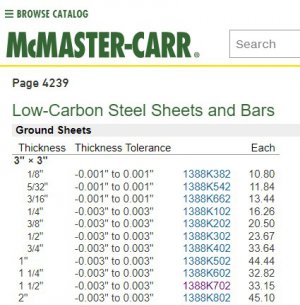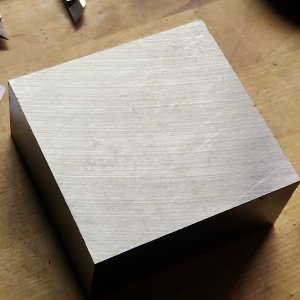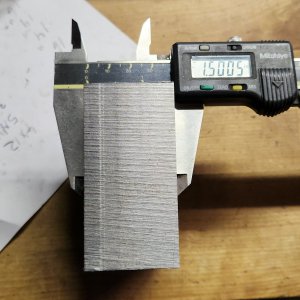- Joined
- Sep 1, 2023
- Messages
- 525
This is a really insightful observation and it's based on experience of what was almost certainly the base design for the Chinese 7x machines, which gives it extra weight.The real issue I see with the 7X Chinese lathes is that they are essentially a 5" lathe that has been biggined up. Ie, there's an extra inch of height baked in that really does not suit the design so they can claim its a "Bigger" machine. So the U is bigger and more flexible overall than it should be.
I made a plinth for my 5" Prazi and gained nothing but an art installation for the wall behind the machine.
My compound is low enough that just tightening the gib screws is sufficient, on the 7X....not so much.

The negative effect of the extra inch on the radius of the swing on the Chinese mini lathes isnt something I've heard mention of before, but really does make sense and explains why the hobbymat/prazimat machines do seem to display somewhat greater rigidity despite not being that much more massy.
The hobbymat/prazimat machines are constraining the user to work within the constraints of the design as opposed to the Chines 7x's apparently adding an extra capability that actually ends up reducing their capability.
Every day is a school day; thank you.




